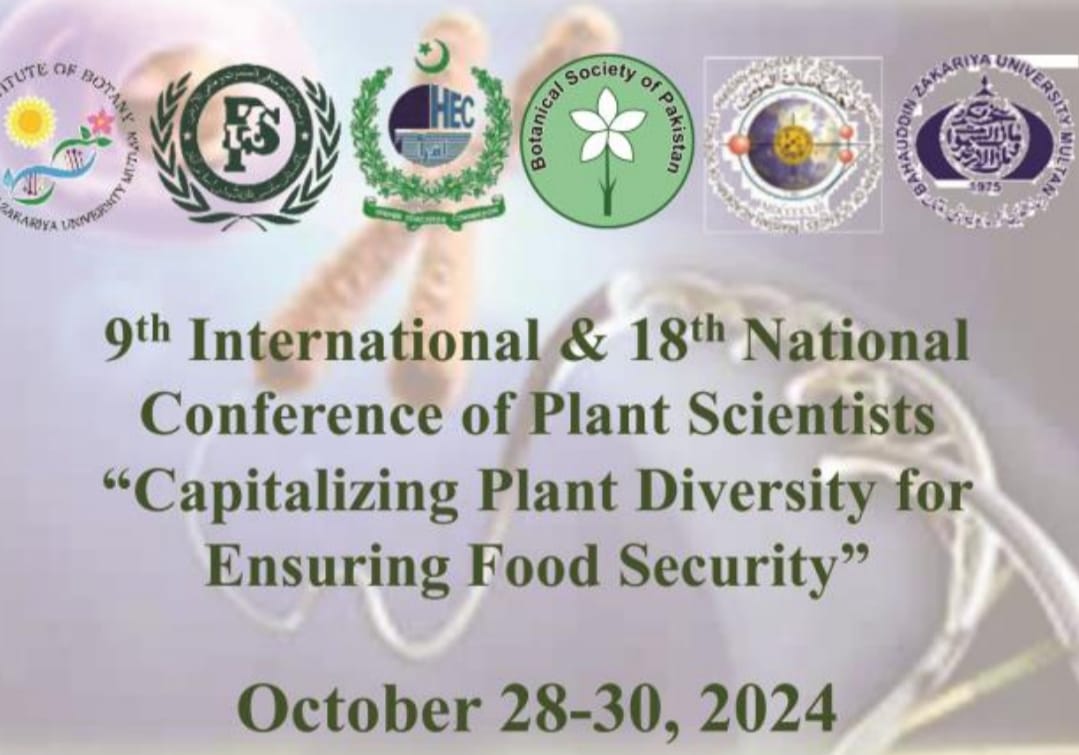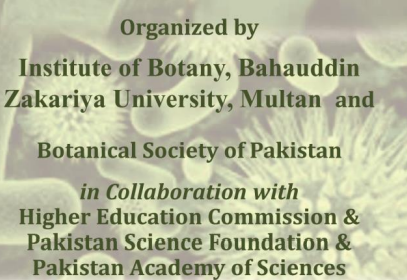
PJB-2025-353
Integrated Morphological, Molecular, and Biochemical Characterization of Fungal Stalk Rot in Maize
Syeda Asma Bano
Abstract
Maize (Zea mays L.) is a vital cereal crop in Pakistan, but its production is severely affected by stalk rot disease, a complex condition caused by soil and seed-borne fungi. This investigation was conducted to isolate, identify, and characterize the fungal pathogens responsible for maize stalk rot in the Haripur area, and to study their effect on host physiology and metabolism. Fifty symptomatic maize plants were collected from various fields. The results revealed the consistent occurrence of three pathogenic fungi, with Fusarium moniliforme and Macrophomina phaseolina being the most predominant, and Fusarium oxysporum less frequent. Soil samples from the area also contained Aspergillus flavus and Aspergillus niger. Molecular sequencing confirmed the morphological identification, showing 100% similarity of one isolate with F. oxysporum and 99.78% similarity of another with Fusarium verticillioides (syn. F. moniliforme). Infected plants exhibited significant structural degradation, including a thinner epidermis and vacuolated cells in the leaves. Biochemically, a marked decrease in chlorophyll content was observed in infected plants. Conversely, the activity of defense-related enzymes was significantly increased; peroxidase and catalase activities were substantially higher in infected plants compared to healthy ones, indicating a strong oxidative stress response. Gas Chromatography–Mass Spectrometry (GC–MS) metabolite profiling revealed a distinct reprogramming in infected tissues, which accumulated stress-related compounds such as Butanoic acid-3-amino, Cystamine, and 3-nitropropanoic acid. In contrast, healthy tissues contained metabolites indicative of normal metabolism, such as Urea, Acetic acid, and Hexanoic acid. Cyclobutanol was found in both plant types. The integrated approach of morphological, molecular, and biochemical characterization confirms that F. moniliforme and M. phaseolina are the primary causal agents of stalk rot in Haripur. This comprehensive understanding of host-pathogen interactions provides valuable data for breeding resistant varieties and developing sustainable management strategies for maize stalk rot.
To Cite this article:


